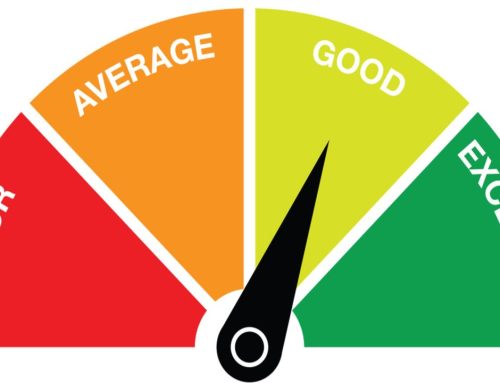
By Graham Doessel, Founder and CEO of MyCRA Credit Rating Repair and www.fixmybadcredit.com.au.
What can you do to support your credit file and ensure you look your best to Credit Providers? It will be essential from now and going forward to be mindful of what may constitute bad credit. Although as a consumer you are not privy to your credit ‘rating’ score, a Credit Provider will be provided with a number based on your credit habits – and this will be used to help calculate your credit worthiness. Whilst it is not disclosed by credit reporting agencies the specific items which lower your score and how much by, traditionally there are some things you can do to which will help keep your credit-worthiness in check. We look at good credit habits, and what things you need to do when our Privacy Laws change in March 2014:
1. Pay on time, every time.
Your repayment history information is being collected now. It is imperative you make repayments on accounts by their due date to avoid having late payment notations recorded on your credit file and shown after the March 2014 implementation.
If you can’t pay on time, seek alternative arrangements with your lender – but be advised these new arrangements will be recorded on your credit file. This would always be preferable to a default listing though – especially if you can show good repayment history at those new terms – so there is a new incentive to get in and work it out with your lender prior to letting your accounts go into arrears and copping a default listing.
2. Check your credit file regularly.
Make a habit of checking your credit file regularly. You can do this for free annually through the Australia’s credit reporting agencies. There will be five new data sets of information available to Credit Providers who request a copy of your credit report. These will be:
– repayment history information;
– the date on which a credit account was opened;
– the date on which a credit account was closed;
– the type of credit account opened; – and the current limit of each open credit account.
It is essential that you take responsibility for the accuracy of your credit file information and even more so when the above new sets of information becomes available to Credit Providers.
3. Correct credit information which you believe is inaccurate, inconsistent or unfair.
If there is anything on your credit report which you believe rings untrue, or shouldn’t be there, you have the right to request this information be rectified. You will need to contact your Credit Provider to alter this information. You should do this before the information has any bearing on a credit application you may make in the future. You may contact a credit repair company to assist you with this if the change is a significant one, or if you expect resistance to the request. After March 2014, if your Credit Provider disagrees with your request to correct your credit information, you can have your dispute noted on your credit file and this would be worthwhile requesting if you believe your listing shouldn’t be there.
4. Take precautions when applying for credit.
You may not realise, but the volume of credit you apply for and the type of credit you apply for can hinder any future credit application you may make. Whilst it is a great idea to research credit before applying – you should only ever make a credit application you have full intention of pursuing. Too many credit applications will mean you are refused credit. And from March 2014 this will be clearly displayed on your credit report. Likewise, if you apply for too many ‘high interest’ or ‘bad credit’ loans – you could be penalised with a lender if you apply for a mortgage – especially with a credit ‘scoring’ method which may shave points off your score through this type of credit application.
5. Seek cautions credit limits.
You may have a credit limit of $10,000 – but only have used a quarter of that. This may not be to your advantage. If you’re not using it, don’t have it is the general adage. If you take out a credit card or other line of credit, it’s probably not wise to opt for a lofty limit. You could try to get it closer to what you intend to use. A Credit Provider will only see the credit limit and not the actual amount you have utilised on that limit. As with credit applications, any credit ‘score’ may be reduced by credit limits which are too high.
6. Make information security paramount.
Understand how lucrative your personal information can be in the wrong hands, and take steps to keep abreast of how it can be at risk from things like identity theft. Identity theft can lead to the stealing of credit through the fraudsters accessing your credit file. Victims can end up with defaults on their credit file and a ban on obtaining credit for 5 years. The Office of the Information Commissioner (OAIC)’s factsheet Ten Steps To Protect Your Personal Information gives you some guidance on how to do that. New laws will allow you to place a ban period on your credit information if you believe you may be at risk of identity theft, which can prevent fraudsters from accessing credit in your name – so if you do feel you may be at risk – acting quickly may save your credit file from misuse.
Image 1: Rawich/ www.FreeDigitalPhotos.net
Banner: Courtesy of OAIC






Leave A Comment